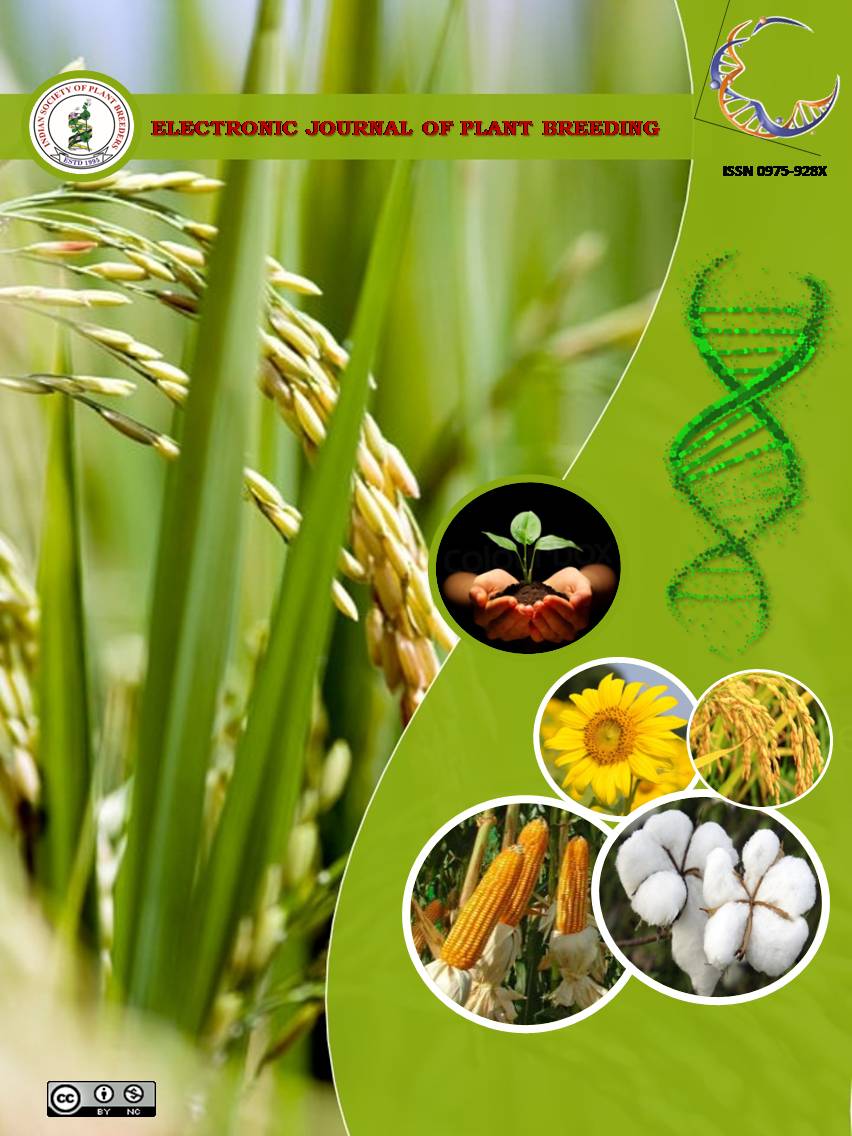An insight into the reproductive success in an interspecific cross of Sesamum
Abstract
The study deals with pollen morphology, pollen fertility assessment and pollen pistil interaction in two species of Sesame viz., Sesamum indicum (CO 1) and Sesamum alatum. The wild species are the potential source for biotic and abiotic stress-resistant genes and therefore high crossability with the cultivated variety is very essential for the transfer of genes through a conventional breeding programme. The pollen images obtained and the number of colpi counted from Light Microscope and Scanning Electron Microscope assisted in differentiating the pollen of Sesamum indicum from Sesamum alatum. The pollen fertility assessment by Acetocarmine test proved that Sesamum indicum (CO 1) was more fertile than Sesamum alatum and hence the former was presumed to be the better pollen-producing parent in terms of fertility. The pollen pistil interaction by aniline blue technique between direct and reciprocal crosses of two species of Sesamum reported higher and lower germination per cent at 2 HAP and 8 HAP, respectively. The mean pollen germination per cent of the direct and reciprocal cross was observed to be 69.99 and 58.59, respectively. In the direct cross, the pollen tube managed to reach the ovary but did not set seeds and hence is claimed to possess a post-zygotic fertilization barrier. In the reciprocal cross, the growth of the pollen tube stopped before reaching the ovary apparently, no seed set was observed and therefore designated to have pre zygotic fertilization barriers. Direct and reciprocal crosses were compared and ways to mitigate fertilization barriers are discussed.

